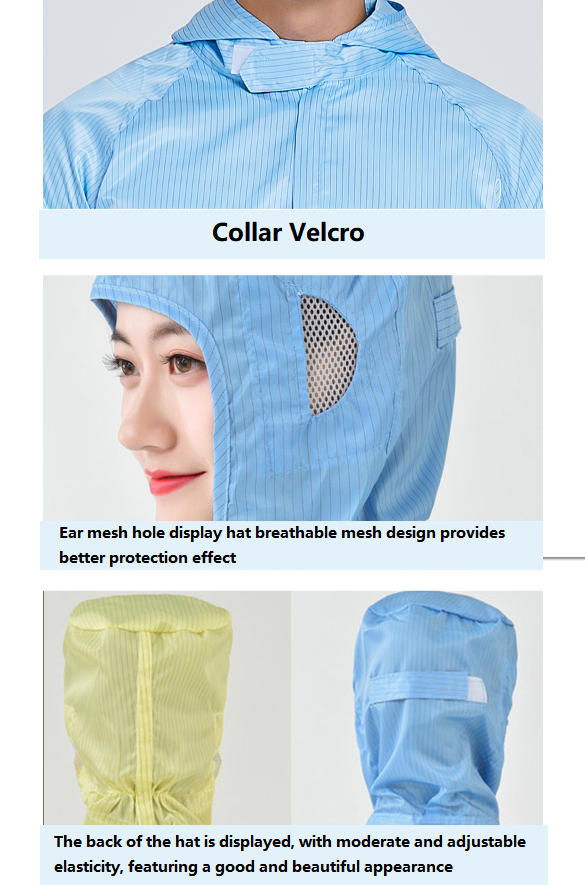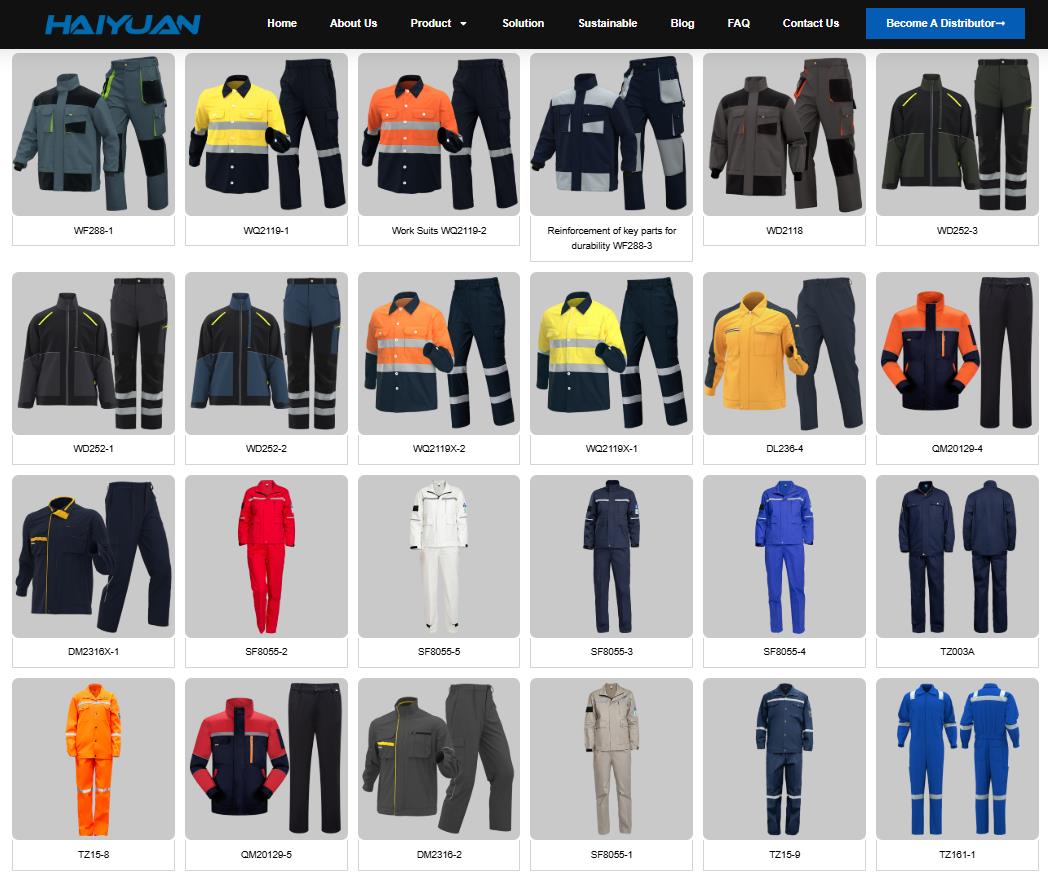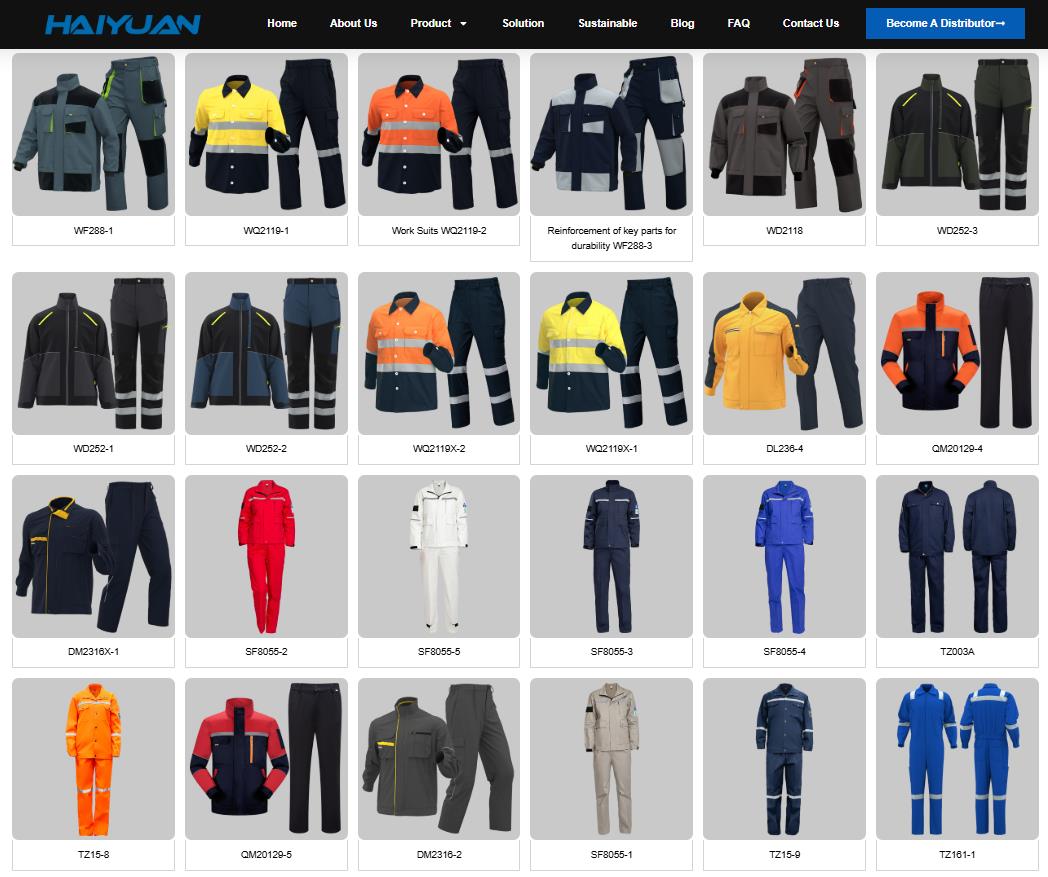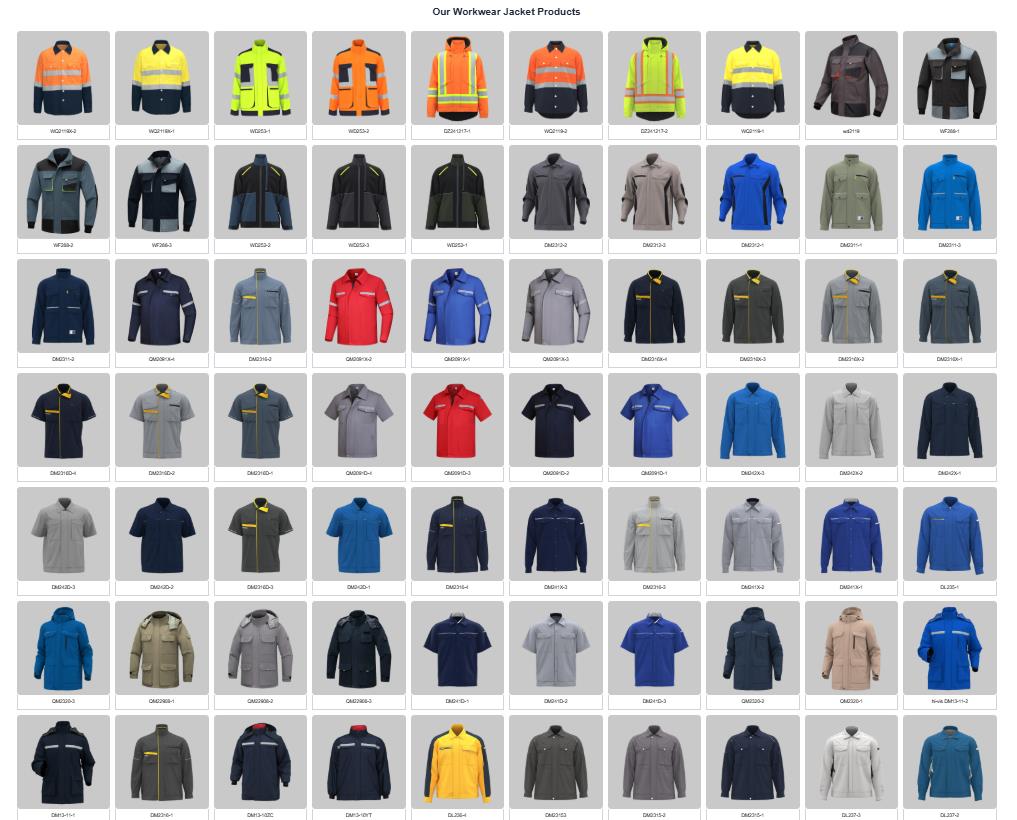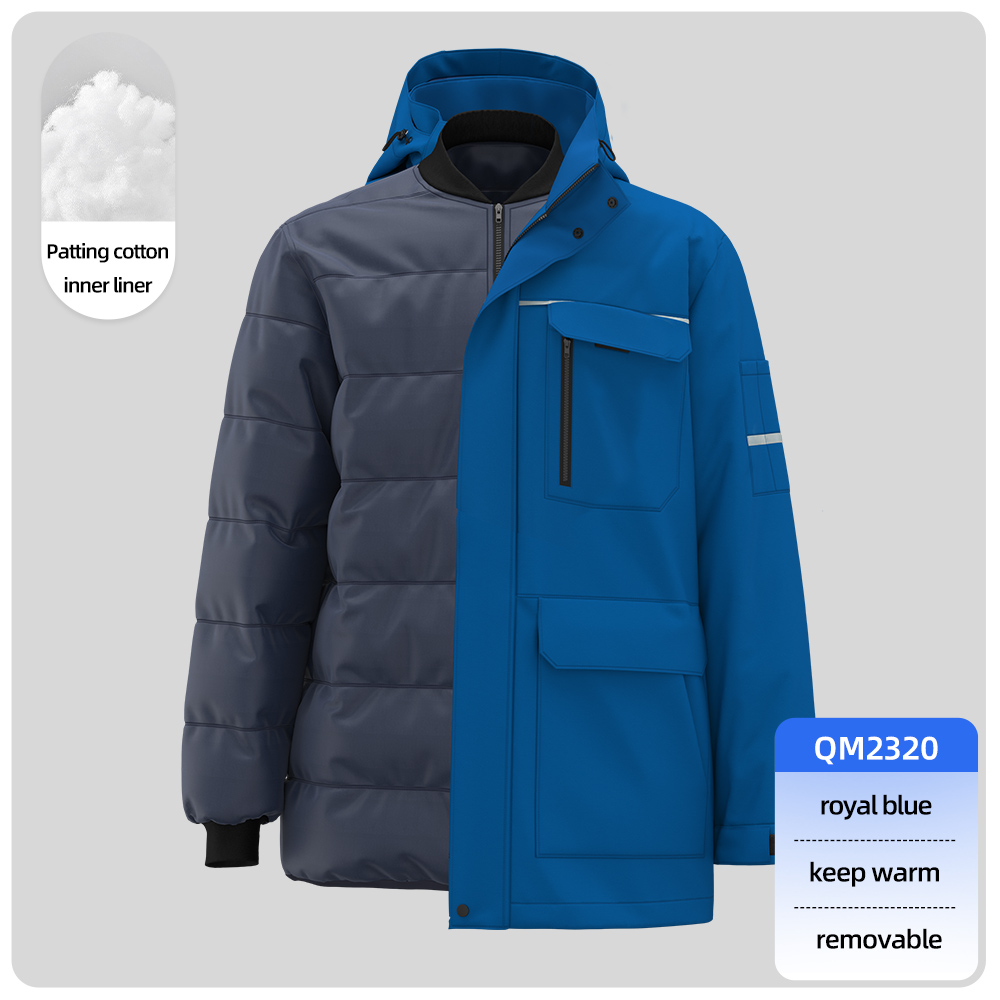For the food industry, work clothes must prioritize hygiene, safety, and contamination prevention above all else. Here’s a breakdown of suitable attire and key requirements:
Core Requirements:
-
Contamination Control: Prevent hair, fibers, skin cells, or personal items from contacting food.
-
Hygiene Maintenance: Easy to clean, resistant to stains/bacteria, and changed daily (or more often if soiled).
-
Worker Safety: Protect from spills, heat, slips, and equipment.
-
Compliance: Meet food safety regulations (FDA Food Code, HACCP, GMPs, local regulations).
Essential Work Clothing Items:
-
Hair & Beard Restraints:
-
Hairnets/Bouffant Caps: Mandatory for all head hair (100% coverage). Disposable or launderable.
-
Beard Nets: Required for facial hair beyond a short stubble.
-
Hard Hats/Bump Caps: Must be worn under a hairnet if required for safety.
-
-
Smocks/Coats/Jackets:
-
Long-Sleeved: Cover arms completely to prevent skin/sweat contact with food.
-
Light-Colored (Usually White): Shows dirt easily, promoting frequent changes; looks clean.
-
Snap or Zip Fronts: Avoid buttons that can detach and contaminate food.
-
No External Pockets (or Minimal & Covered): Prevent items (pens, tools) from falling into food and trap contaminants. Internal pockets are sometimes acceptable if secure.
-
Durable, Tightly Woven Fabric: Polyester-cotton blends are common (comfortable, durable, less linting than pure cotton). Avoid loose knits or fleece.
- Function: Anti static, dust-proof, washable, recyclable, fabric with slight elasticity, moderate thickness, moderate softness, and a snug fit
Main fabric composition: 100% polyester, conductive fiber
Resistance: 10^6Ω ^ -10 ^ 8 Ω
Friction pressure: < 300V
Suitable industries: factory workshops, electronic equipment, energy industry, healthcare industry, pharmaceutical industry, oil fields, mining industry, road transportation industry, laboratory
Item number: TZ131 Coveralls Suit
Colors: light blue, green, white, dark blue, pink
Size: M/165, L/170, XL/175, 2XL/180, 3XL/185, 4XL/190, others can be customized
Test report: Yes
-
-
Aprons:
-
Waterproof/Heavy-Duty: For wet tasks, washing, or handling raw meats (e.g., PVC, rubber-coated fabric).
-
Cloth: For general dry/prep areas. Must be laundered daily.
-
Design: Should tie at the back (not front) to avoid dangling ties near food/equipment.
-
-
Pants:
-
Dedicated Work Pants: Never street clothes. Chef pants or sturdy cotton/polyester pants.
-
Light-Colored: Typically black, grey, or checkered patterns (hides minor stains but still requires cleaning).
-
No Cuffs: Cuffs trap dirt and debris.
-
No External Pockets (or Covered Pockets): Same rationale as coats.
-
-
Footwear:
-
Non-Slip, Oil & Water-Resistant Soles: Critical for safety on wet, greasy floors.
-
Closed Toe & Closed Heel: Full foot protection from spills, falling objects, and cleaning chemicals.
-
Easy to Clean: Leather, rubber, or synthetic materials (no fabric uppers that absorb liquids). Steel/composite toes may be needed in some areas.
-
Dedicated for Work: Never worn outside the facility.
-
Specialized Items (Depending on Area):
-
Freezer Coats/Insulated Gear: For cold storage areas.
-
Heat-Resistant Gloves & Arm Guards: For oven/grill work.
-
Chainmail Gloves/Arm Guards: Essential in meat processing for knife safety.
-
Disposable Gloves: Worn over clean hands, changed frequently (after tasks, touching non-food items, etc.). Not a substitute for handwashing!
-
Disposable Sleeve Covers: Used over coats for tasks like mixing or handling raw meat.
-
Face Masks: Required in specific high-risk areas (e.g., sushi prep, ready-to-eat foods) or by regulation.
Prohibited Items:
-
Jewelry: Watches, rings (except plain wedding bands), bracelets, necklaces, dangling earrings (can harbor bacteria, fall into food, pose safety risks).
-
Fake Nails/Nail Polish: Chips can contaminate food; nails harbor bacteria.
-
Perfumes/Strong Scents: Can taint food.
-
Visible Undergarments: Must be fully covered by the uniform.
-
Street Clothes/Outerwear: Never worn in production/prep areas without being fully covered by dedicated work wear.
Maintenance is Crucial:
-
Daily Laundering: Work clothes must be laundered daily using appropriate detergents and sanitizers (often by a professional service).
-
Storage: Clean clothes must be stored separately from street clothes and dirty laundry.
-
Changing Facilities: Designated areas for changing into/out of work clothes must be provided.
In summary: Food industry workwear is light-colored, fully covering, pocketless (or pocket-covered), made of low-linting durable fabric, and includes mandatory hair restraints and non-slip safety shoes. Strict hygiene protocols for changing, laundering, and avoiding personal items are non-negotiable. Always prioritize the specific requirements of your workplace and local regulations.


